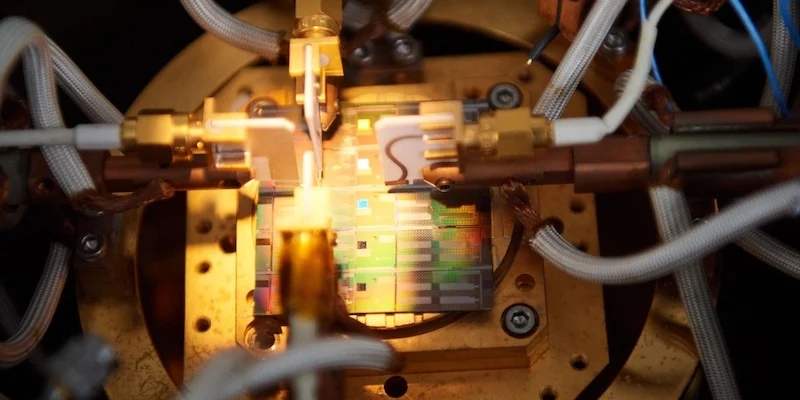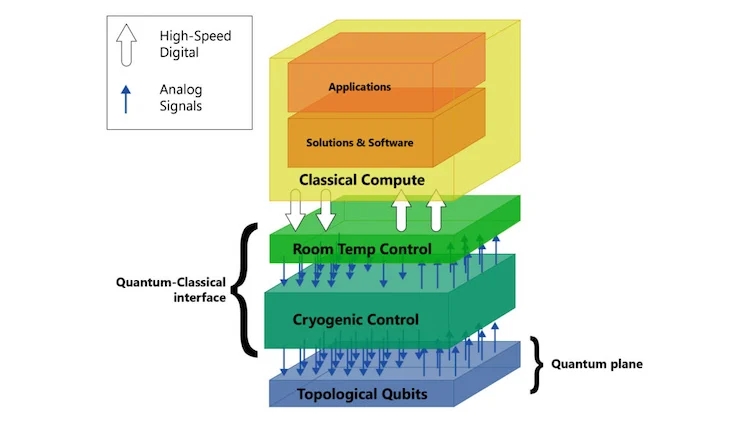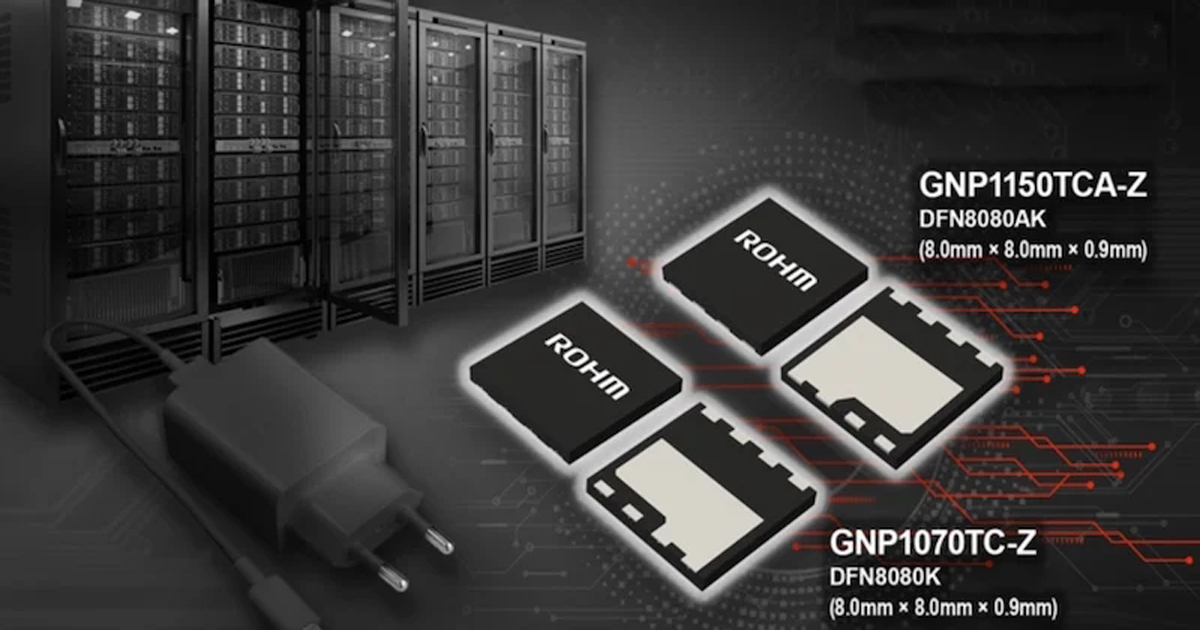Transistors Models for Quantum Computing Operate Cryogenic Temperatures
The CryoCMOS Consortium has demonstrated transistor models operable at 4K and 77K, opening more doors for conventional electronics to operate at cryogenic temperatures.
High-qubit quantum computers require cryogenic temperatures to operate—a major roadblock to further quantum development and commercialization. Because classical electronics cannot operate at these low temperatures, researchers use bulky and cumbersome cabling to control quantum computers, which ultimately limits scalability.
To address this issue, a U.K.-based group called the CryoCMOS Consortium has been hard at work developing classical electronics that can operate at cryogenic temperatures. Recently, the group announced that they had successfully developed new transistor models that can operate at 4K and 77K temperatures.
SureCore’s CryoIP
Quantum Computers and Cryogenic Temperatures
Quantum computers are highly sensitive to their surrounding environment. Because of the delicate nature of qubits, even the slightest interaction with external factors, such as heat or electromagnetic radiation, can cause decoherence, or the loss of quantum information. By keeping qubits in cryogenic chambers, scientists can reduce thermal noise, enabling longer coherence times and more accurate calculations.
Beyond this, certain types of qubits are especially dependent on cryogenic temperatures. For example, technologies like superconducting qubits require extremely low temperatures to achieve the superconducting state in which they operate. Similarly, topological qubits, which are promising for their inherent error correction properties, often rely on materials with specific properties that are more easily realized at cryogenic temperatures.
Conventional Semiconductors at Cryogenic Temperatures
Quantum electronics often employ conventional (non-quantum) electronics as control circuitry, which are unable to operate at such low temperatures. Specifically, these cryogenic temperatures significantly impact the threshold voltage of classical semiconductors.

Topology of a cryogenic quantum computer.
Most semiconductor devices are rated to operate between -40°C to +125°C. When they operate outside of this range, the threshold voltage starts to change. For temperatures lower than -40°C, the threshold voltage increases significantly, requiring larger voltages, higher power consumption, decreased speed, and unreliable performance.
Because of this, conventional control electronics are stored at room temperature in quantum architectures—physically separated from the qubits. Key to this physical separation is large and bulky cabling, which limits the scalability of quantum systems.
Transistor Models Operate at Cryogenic Temperatures
To overcome this issue, the CryoCMOS Consortium recently announced new transistor models that operate at cryogenic temperatures.
The new transistors are modeled on the GlobalFoundries 22nm FDSOI process node (22FDX), which can control device threshold voltage through back biasing. This new advancement was largely led by SureCore, a company best known for its CryoIP technology. The CryoIP is a library of IP that enables the low-temperature operation of electronics required for quantum computing. Thanks to this increased control from the 22FDX node as well as CryoIP, the researchers modeled transistors that maintained proper performance at temperatures as low as 4K and 77K.
With cryogenic control electronics, the researchers hope to remove the need for bulky and expensive cabling that currently plagues the quantum computing industry. With this barrier removed, the researchers believe they can provide a path forward for more scalable quantum computers that achieve greater qubit counts than currently possible.


.jpg)
